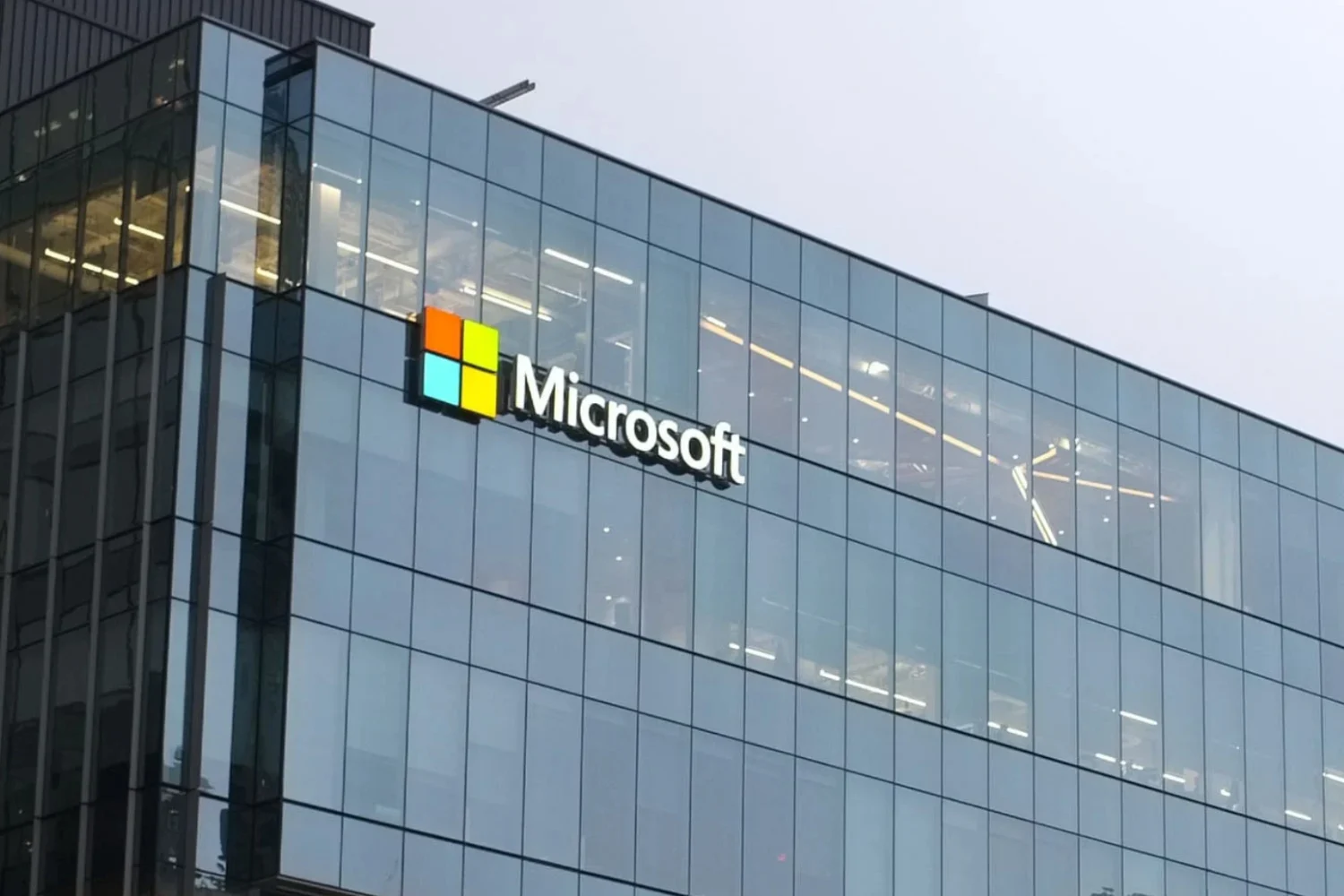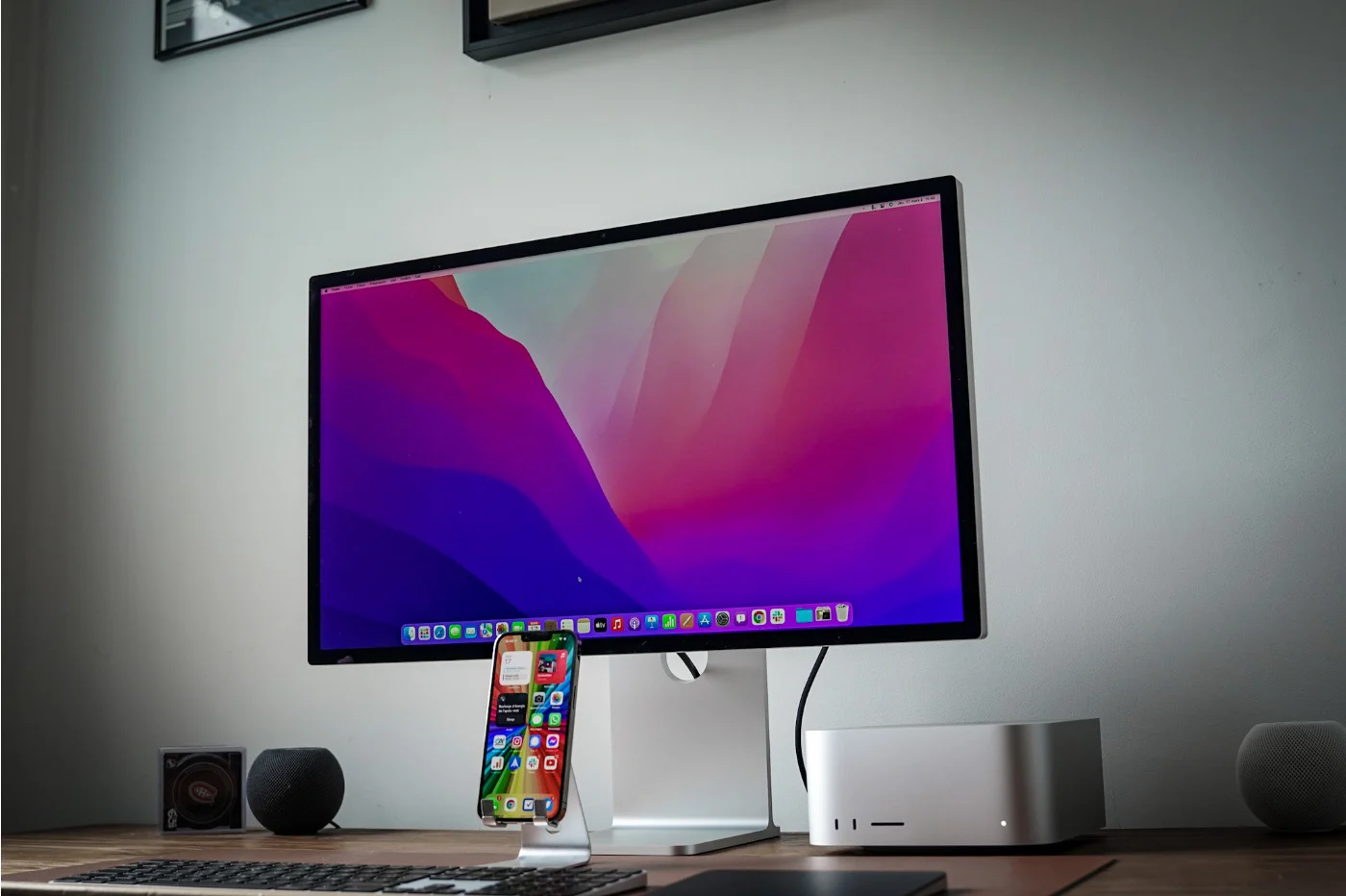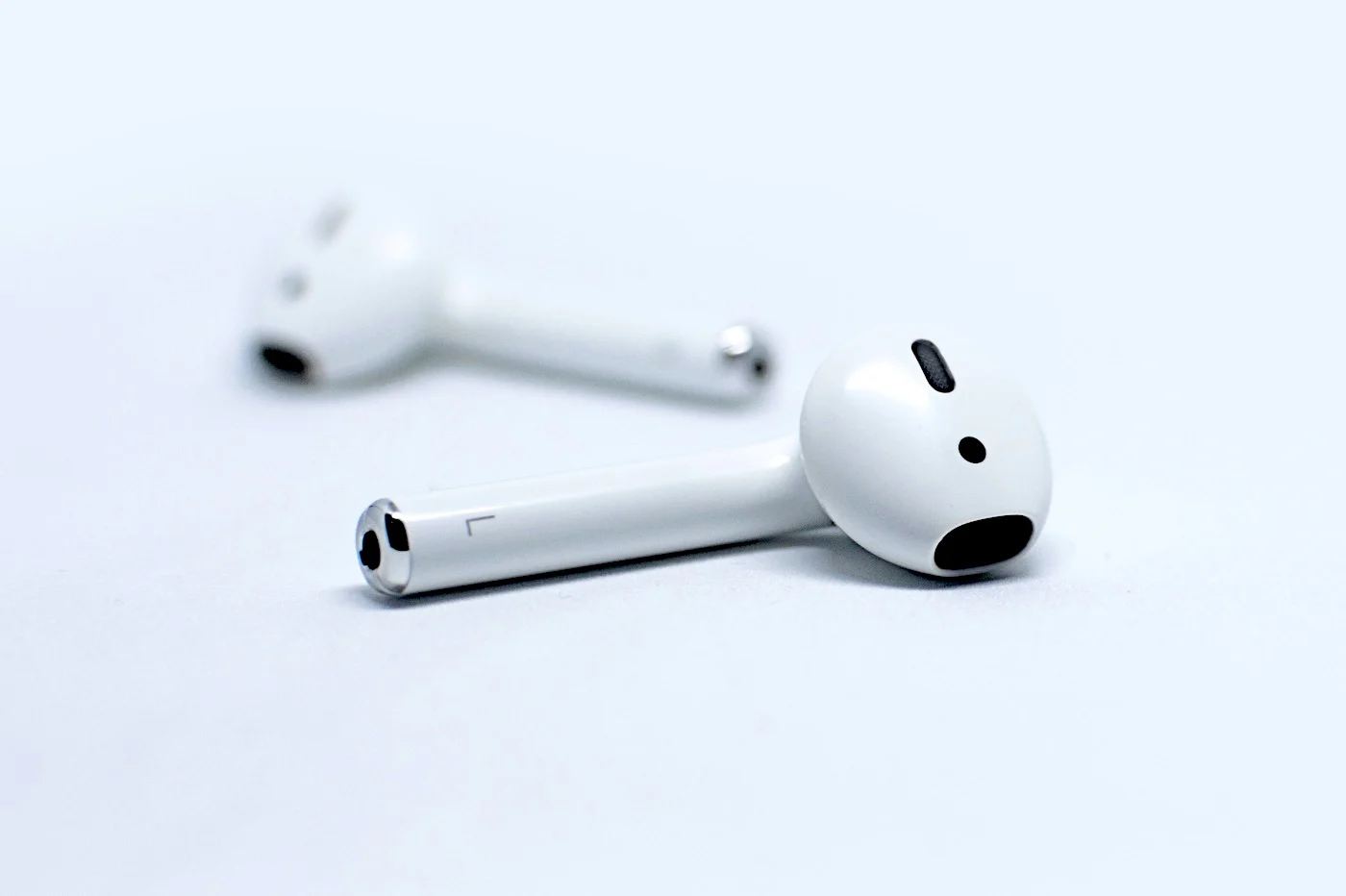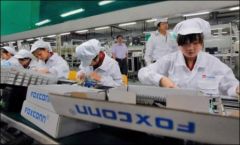The M3 chip was introduced with the MacBook Pro in November, then on the MacBook Air in February, but the iPad Pro will probably never get it. Apple has chosen to move directly from the iPad Pro M2 to the iPad Pro M4. The new chip waspresented during Tuesday's Let Loose keynote, but until now, we did not know the real reasons for this rapid introduction.
What Apple says
During the May 7 conference, Apple CEO Tim Cook introduced the M4 chip, with the following remarks:
The new Pro upgrades from M2 to M4 to enable its incredibly slim design and revolutionary display while delivering a huge leap in performance.
The rest of the presentation was given by Tim Millet, Apple's vice president of platform architecture:
It's built with cutting-edge technology that enables the revolutionary design and stunning display of the new Pro, and delivers a giant leap in performance.
According to Apple's words, the M4 chip supports the new OLED screen, offers an iPad Pro that is thinner than an iPod Nano, and offers better performance than the iPad Pro M2. Actually,It could ultimately be that the reason is quite different.
The reality on the ground
The reason for the rapid introduction of the M4 chip is apparentlydue to a constraint linked to the manufacturing process. The M3 chip is Apple's first to be built with 3-nanometer technology. However, it cost Apple very dearly, sinceit followed the N3B manufacturing procedure. For their part,M4 chips are manufactured with the N3E procedure, who ismuch cheaper.However, it was not yet operational when Apple began production of its M3 chips.
The N3E manufacturing process is much more economical than N3B, and is expected to become the industry standard. We wonder why Apple didn't wait longer for N3E to be ready.
Today's news also seems to agree with news that we recently learned,regarding Apple's ChatGPT. The Apple firm is reportedly setting up data centers with servers equipped with M2 Ultra chips. Servers are rumored to be directly updated to M4 chips later, but not M3, which is more expensive to manufacture.






